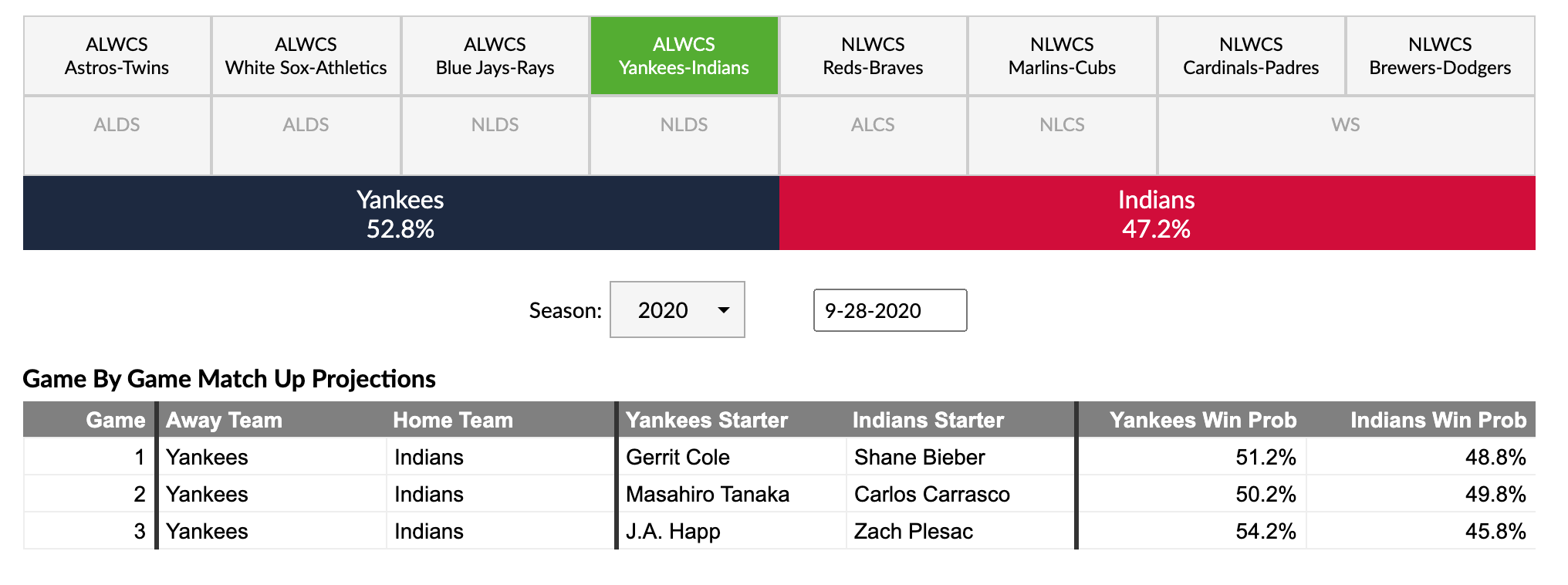NL Wild Card Series Preview: Miami Marlins vs. Chicago Cubs
Seventeen years ago, the Cubs and Marlins met for the first and, until now, last time as postseason opponents in the 2003 NLCS, a series that then-Florida took en route to its second World Series title after a grisly Game 6 collapse by Chicago. The goat will always be Steve Bartman, who even in a Wrigley Field devoid of fans will be mentioned on the series broadcasts somewhere between 15 and 20,000 times, but plenty of players deserve a fair share of blame for the way the Cubs’ dreams of ending a long championship drought fell apart.
But that was then, and the failings of Mark Prior and Kerry Wood and Dusty Baker and Alex Gonzalez have little to do with whatever happens between these iterations of the Cubs and Marlins. The former are here by virtue of winning the NL Central, a mud fight of a division with four playoff teams that Chicago led virtually wire-to-wire; the Cubs are seeking to reverse a run of diminishing October returns. The Marlins, however, are here as predicted by roughly no one — literally no one, in the case of your humble FanGraphs staff — and thanks in large part to the rest of the National League East, the Braves excepted, being the equivalent of a stopped toilet. Even a long stoppage of play caused by over a dozen positive COVID-19 tests and the loss of nearly half the roster for multiple games wasn’t enough to slow down the Marlins, who snapped a playoff drought stretching back to that fateful 2003 season. (Fun fact: Every year the Marlins have made the playoffs, they’ve won the World Series, so get your bets in now.) Read the rest of this entry »


